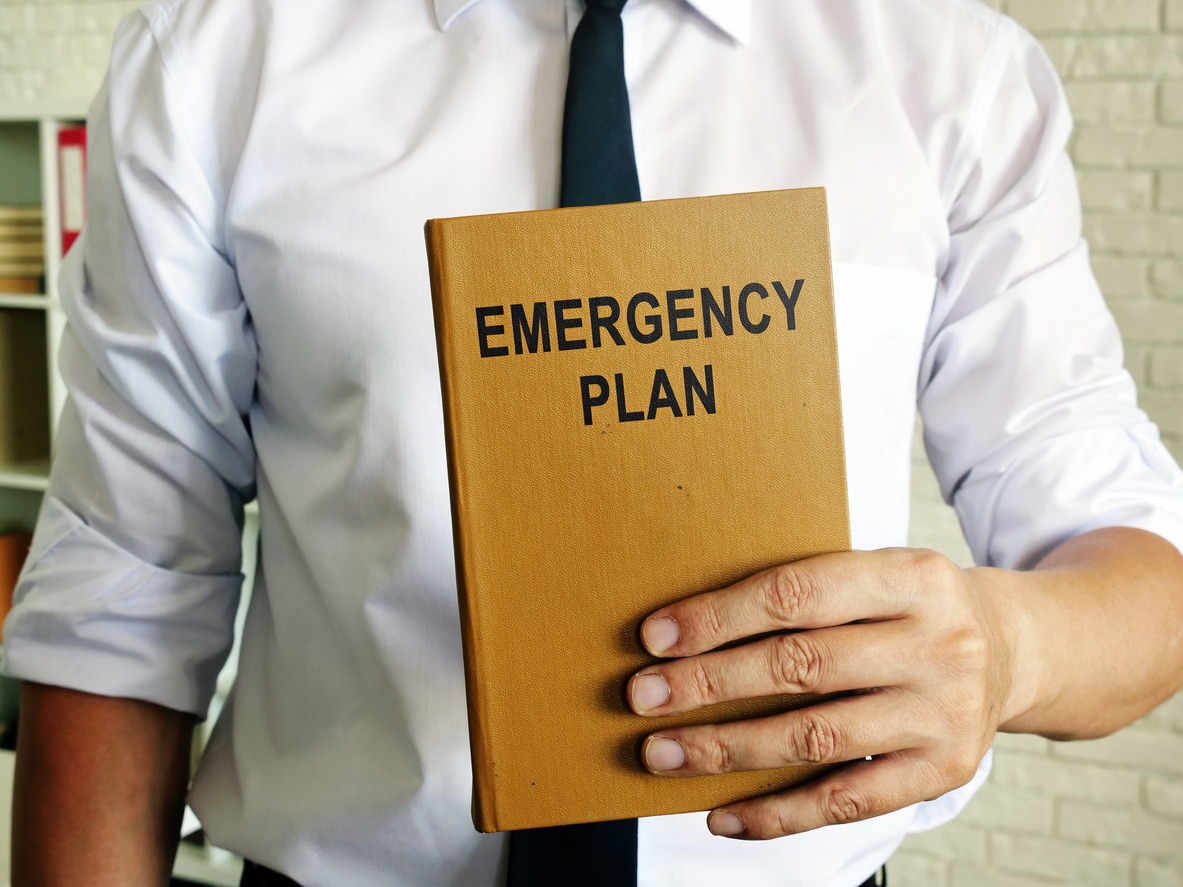Fire, earthquake, hurricane, or tornado drills are usually conducted in a traditional school environment. Most states require public schools to have emergency and disaster response plans and put those plans into practice and drills so that the students and school staff are better prepared for responding to and recovering from emergencies.
However, these drills are often ignored by homeschooling families. It’s important to teach disaster preparedness to your homeschooling children. While you may think that your child is unlikely to be left alone during emergencies, it’s nevertheless important to get them interested in disaster preparedness.
Is your home ready to weather a disaster? Is your family prepared to respond? Might your children be alone in an emergency?
One of homeschooling’s great benefits is that children can expand outside of the traditional school curriculum. For the parents, it’s their responsibility to teach their children some life lessons that they might not always learn inside the traditional classroom. One of the subjects that your homeschooling curriculum should cover is emergency or disaster preparedness. Instructing your children with a detailed disaster plan and regularly conducting drills with them can help them prepare for certain emergencies that may affect their lives, whether at home or anywhere else.
Once your children have reached the age and stage that they are responsible enough to be home by themselves, you have to help them know how to avoid problems and teach them how to prepare for emergencies that could arise.
Of course, emergency preparation could be valid for any family. Still, your homeschooled children may find themselves at home when you’re away at work or the grocery store, or some potentially helpful neighbors are also away at work or school.
Here are the steps to get you started in planning for a disaster emergency for your homeschooled children.
Step 1: Know the hazards
The first step in disaster preparedness process is identifying which hazards can happen in your area and determining how bad those hazards can become. This is what they call the “frequency” and “severity” of hazards.
Do you reside in an area that’s susceptible to a particular type of disaster? How often does it occur? And how severe the damage it can cause?
These are some of the most common hazards:
- Earthquakes
- Landslide
- Flooding
- Hurricane or tropical storm
- Severe winter storm
- Tornado
- Wildland fire
- Structure fire
- Electric grid failure
- Hazardous material spill
- Bomb threat or suspicious package
- Terrorism and shootings
Your area may not be subject to all of these disasters, or some of the hazards may not happen frequently.
Step 2: Know the impact of hazards
The next step in disaster preparedness process is determining how the hazards can impact your home and family. Any disaster – a wildfire or structural fire, landslide, earthquake, tornado, flooding, or winter storm – can damage or destroy your home (and your child’s homeschool). A hazardous materials spill may cause you injury or potentially life-long health problems. A disease outbreak (such as a pandemic) or a shooting can injure, sicken, or kill family members. Severe weather, such as a severe thunderstorm, can cause electrical wires to disrupt and damage to electrical transmission wires and poles.
Step 3: Consider the actions you should take before a disaster strikes
The final step in this process is mitigation, which refers to measures that you can put into place before a disaster occurs in order to minimize its impact.
For instance, having a standby generator with a week’s worth of propane will significantly reduce the impact of a short-term power outage.
If your area is more prone to wildfires, you can create at least a 30-foot buffer zone to reduce fire damage to your home. This will minimize the chances that your home (and your child’s homeschool) will catch fire when a wildfire occurs in your area. Add fire-resistant plants to your garden or any erect fire-proof fencing around your property. Keep flammable objects (a lawn mower, gas or oil cans, propane tanks, etc.) at least 30 feet away from your house at all times.
Is your area prone to earthquakes? In this case, strap all bookshelves and other tall furniture to prevent them from falling. Avoid hanging heavy objects over beds, couches, or desks in your child’s homeschool. Secure ceiling fans, pendant lighting or other lighting fixtures. If you have heavy objects hanging on the wall, such as frames or mirrors, securely fasten them or relocate them to other areas of your home with lesser traffic.
Disasters often occur when we least expect them, so it’s better for a homeschooling family to be prepared for any eventuality. Educating your homeschooled children about disaster preparedness can provide them with life-saving and life-sustaining skills to protect them during and after a disaster. Another helpful article, “Do Not This When Disaster Strikes,” advises you on what not to do when disasters happen.

